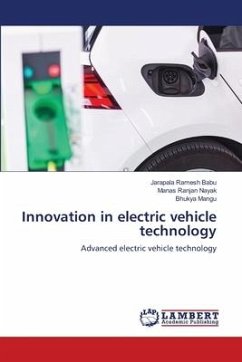The interest and use of battery based electric vehicles are steadily increasing due to its potential of fuel saving and emission reduction. The lithium ion battery system, as the state-of-the-art electrical energy storage system, is the key component for the electrification. Battery model plays an important role in the simulation of electric vehicles and state estimation of the batteries in the development of the model-based battery management system. In this research work, available battery models were analyzed in details and by selecting the advantage of every each of them a generic battery model was proposed. The proposed model is an electrochemical model that is based on material properties and experimental results using basic tests and measurements. In the practical part of this work, a prismatic cell, EIG C20 was selected as the sample cell and its electrochemical model was produced with the help of gray box concept. The physical tests were used as part of the references for calculating the accuracy of the produced model. Promising results were achieved and possible future works were offered for further development.
Bitte wählen Sie Ihr Anliegen aus.
Rechnungen
Retourenschein anfordern
Bestellstatus
Storno








